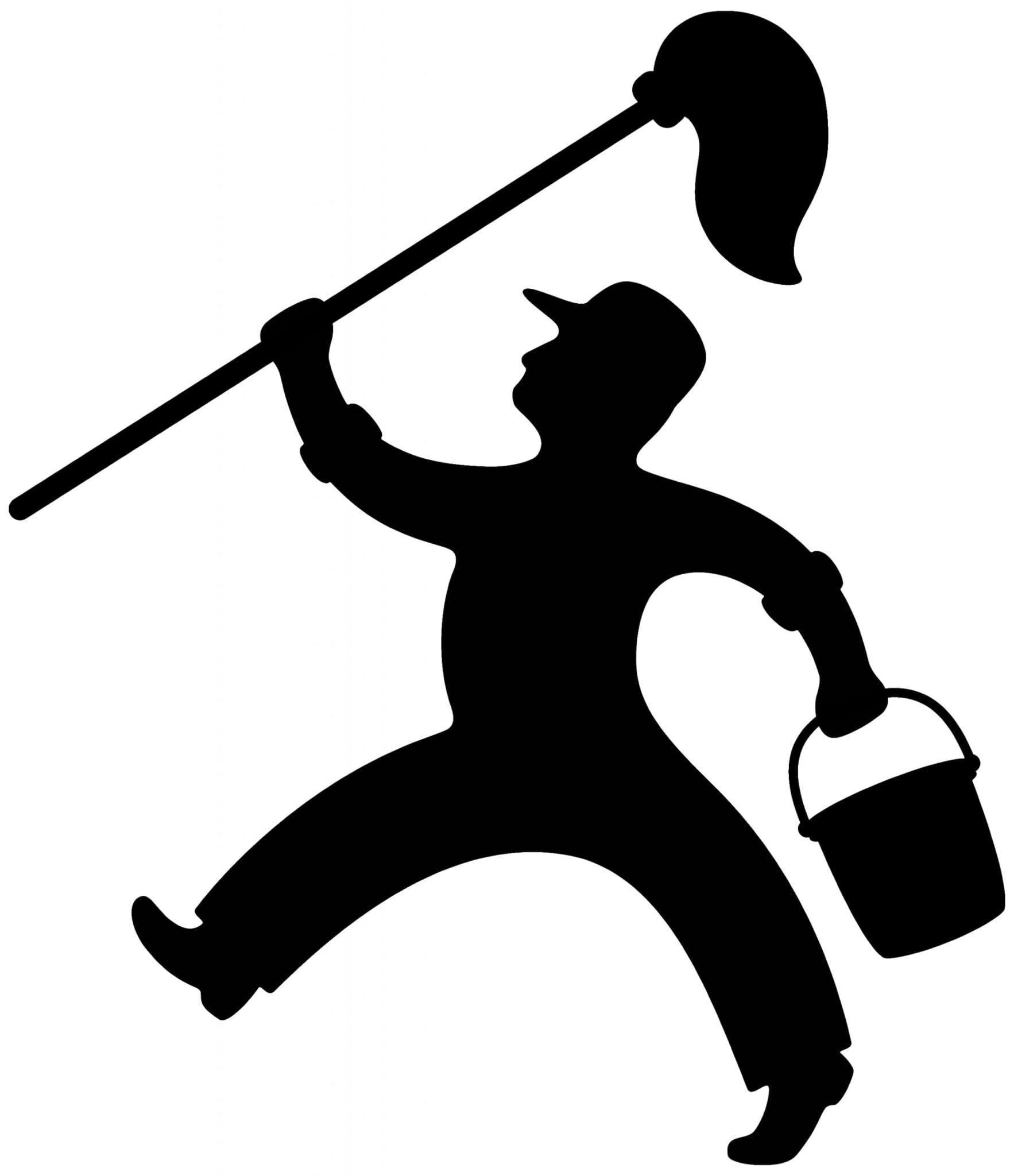Employee Profile: Karola, ServiceMaster Clean Residential’s New Operations Supervisor.
 Karola was born in Guatemala, and immigrated to Edmonton almost 30 years ago. There, she started a small janitorial company with her father almost 25 years ago, cleaning office and apartment buildings. She also raised two daughters, who are now 19 and 21.
Karola was born in Guatemala, and immigrated to Edmonton almost 30 years ago. There, she started a small janitorial company with her father almost 25 years ago, cleaning office and apartment buildings. She also raised two daughters, who are now 19 and 21.
In 2011 she decided she wanted a change and moved to Vancouver, handing over the company to her father. In June 2013, she started with ServiceMaster Clean Residential, working part time. She quickly impressed her colleagues with her dedication and expertise, as well as her fondness for her new working environment:
I like it, and enjoy it… its fun. There are more opportunities, with different buildings and people to work with every day. I also learn much working with the company, with the new systems that we set up.
She is a great fountain of information for us about how to best meet the customers’ needs. In a recent discussion, for example, she shared with us her thoughts about some critical points that any janitor must achieve:
The entrance way is the most critical part of any clean: both the outside and the inside. That is because people see it every time they enter into and out of the building. It is one of the most difficult locations to clean: You need to do everything there; dusting, mopping, wiping and vacuuming.
For any building to do well, it’s really a question of responsibility. Janitors must be responsible for the building, but so to the residents. It’s not just the apartments that are their home, but the entire building as well.
Given her deep experience, positive attitude and strong work ethic, Karola was named an operations supervisor last month. She oversees all locations and performs quality assurance checks. She will also drive around our new janitorial services van, which we will profile in another healthy apartment buildings piece. The vehicle will deliver supplies, and ensure that janitors have everything else they need to finish their jobs.
Despite her new role, Karola is always focused on the customer’s needs:
The customer service oriented approach is essential; your attitude must be good. This means open and willing to answer any questions; be smile and nice to anyone you see.
This attitude is reflected in her home life, as she loves to cook, clean and host people. She always looks forward to visits with her family, either travelling to Edmonton or receiving them here. With such a positive, vibrant attitude, she is a fantastic addition to the ServiceMaster Clean team, and we hope that you think so too.








